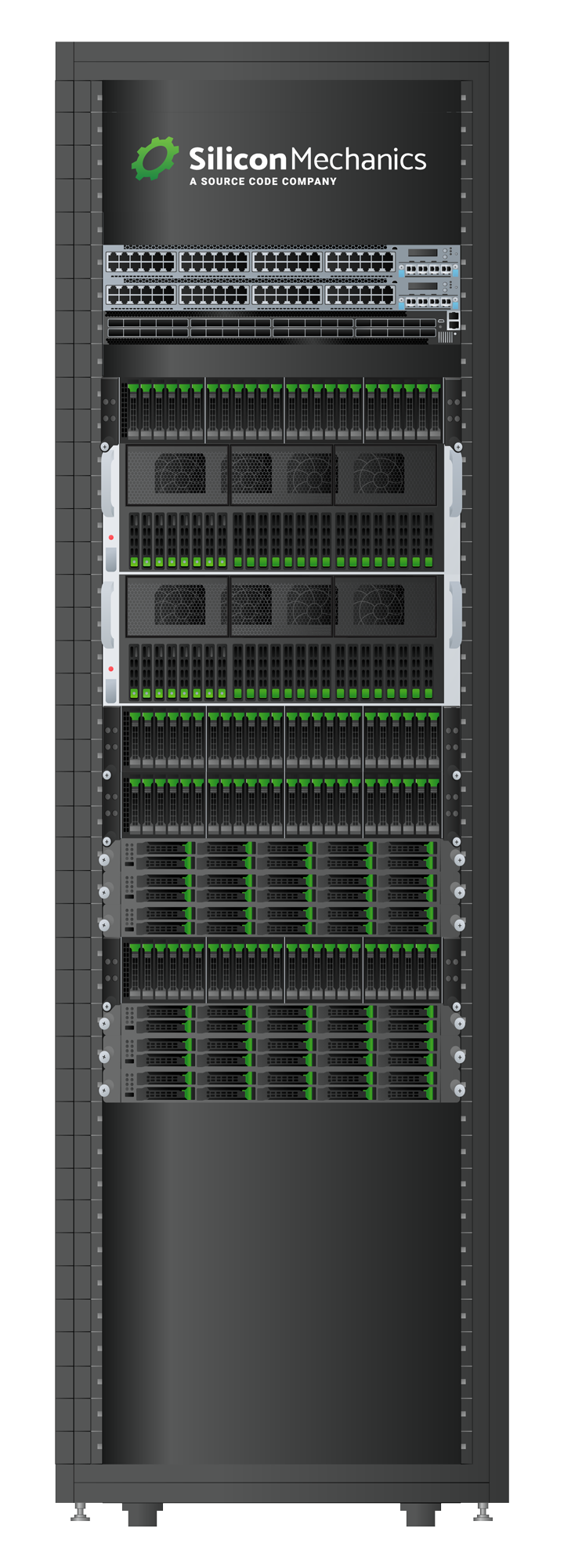Cybersecurity and enterprise risk management are critical challenges for modern IT environments. Centralized, location-based data storage like HTTP (where data is found and accessed based on which device it lives on) has inherent security risks, performance issues, and other flaws. This is a critical challenge for enterprise environments.
The Decentralized Data Storage Cluster balances all aspects of cluster design, including CPU and GPU compute (if needed), memory, networking bandwidth, and storage device performance. The cluster uses IPFS (Inter-planetary File System), a peer-to-peer distributed file system that provides data resilience, security, integrity, and performance by enabling content-addressed storage.
The Decentralized Data Storage Cluster is the ideal backbone for your blockchain development projects, media and content delivery workloads, and secure general-purpose business computing.
Get More Information
The InterPlanetary File System (IPFS) is a peer-to-peer distributed file system that provides data resilience, security, integrity, and performance by enabling content-addressed storage. In this file system, data is addressed based on content instead of location using a distributed hash table (DHT), similar to the way blockchain logs transactions. That means instead of retrieving data based on the device it resides on, it is instead assigned a unique content identifier (CID), which provides a permanent record of that file.
This structure provides many benefits. For instance, IPFS can provide up to a 60% bandwidth savings on streaming video, by retrieving data from multiple peers concurrently. Meanwhile, using a DHT-based content system means strong data persistence and resilience to the data breaches and security risks found in other file systems.
Are you looking for a more flexible and scalable approach to your data center?
Get A Quote